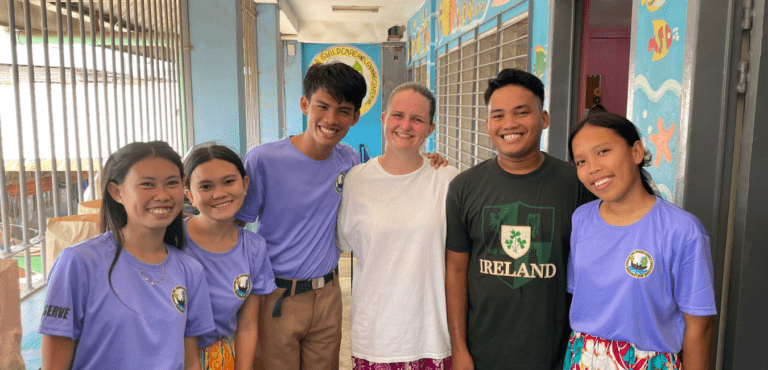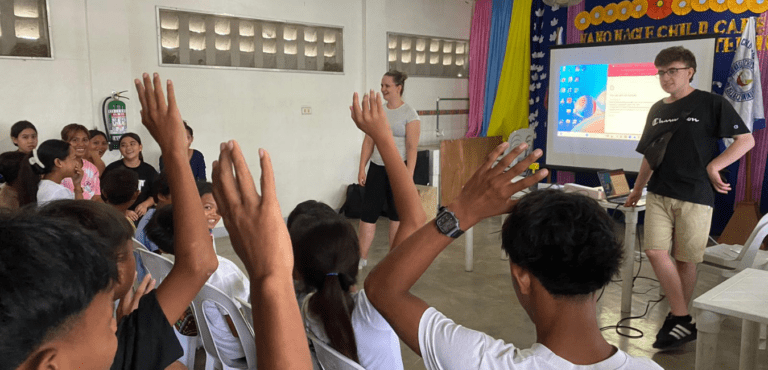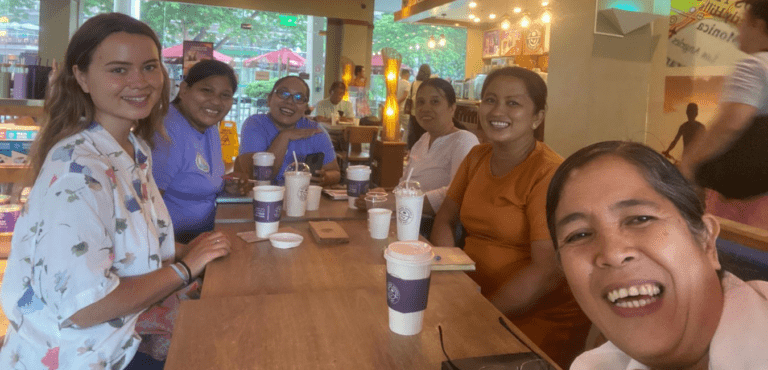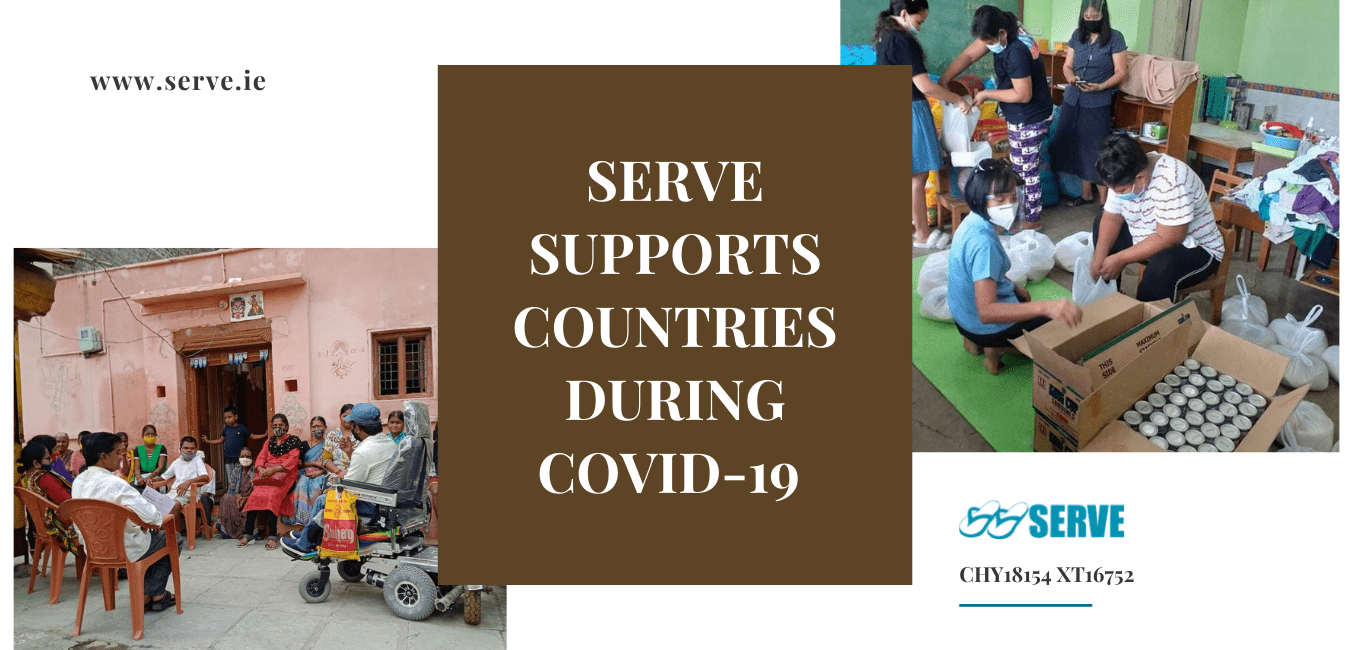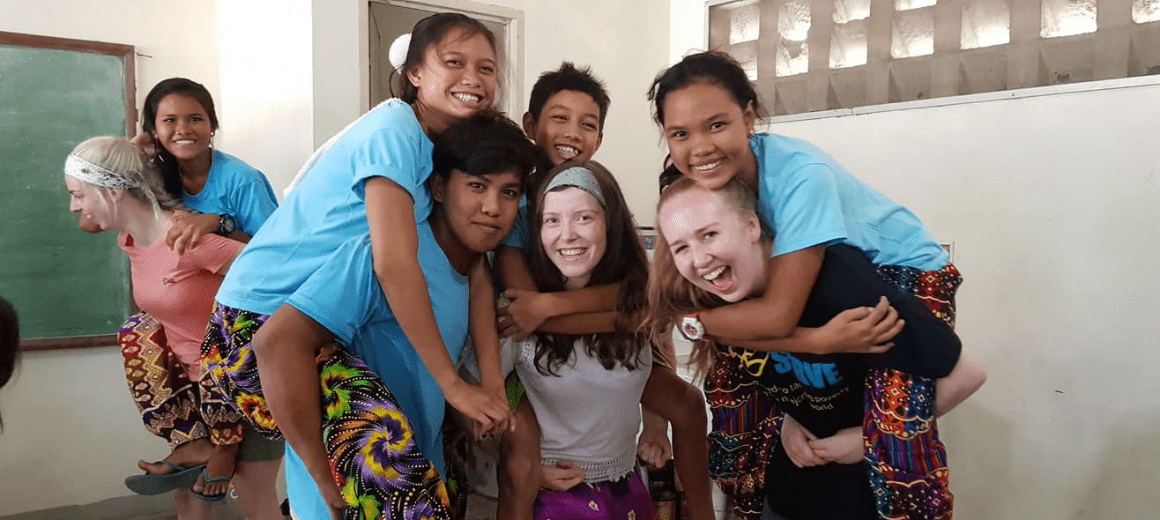
About The Presentation Sisters in the Badjao community
The Presentation Sisters began working in Cebu around 1990 in an effort to help integrate and educate the people of the Badjao tribe in a way which allows them to maintain their culture and dignity but also assert their rights in the Philippines.
Typically, the Badjao are a mobile people, transferring from one place to another by sea transport. This is why they have often been referred to as sea nomads. According to the elderly Badjao, their parents left Mindanao in the early 1960’s because of rampant raiding and piracy in the waters of Basilan and Zamboanga at that time. Alaska beach in Mambaling, Cebu City was an inviting cove then, with mangroves to provide shade from the sun and protection from strong winds. Thus, the Badjao made their temporary base, tying down the boats to the mangroves lining the beach. They built houses along the shoreline on stilts, so that they could just tie their boats to the post beneath their houses. In general, the Badjao settled on land in places which they deemed safe as well as convenient for their livelihood- fishing and pearl trading. This was the beginning of the Badjao community in Cebu City.
The Badjao are skillful fishermen, armed with a vast knowledge of the ocean and its resources. Some local fishermen do not welcome Badjao fishermen in their waters because they perceive Badjao as skilled fishers and divers, to which they are no match.
Fishing is threatened because of the marine sanctuaries. Municipal waters are protected.
Baseline research carried out by the Presentation Sisters reveals that:
- 59.8% don’t have work;
- 13.1% said their primary livelihood was pamana fishing;
- 19.7% said they relied on vending;
- 1.6% were into boat-making
- The rest engaged as drivers, construction workers

